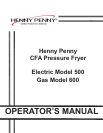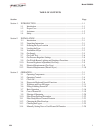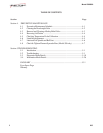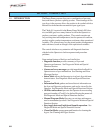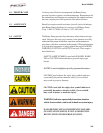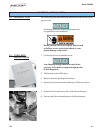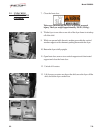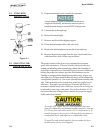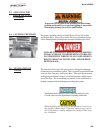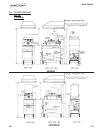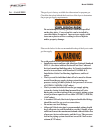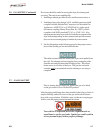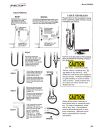
Model 500/600
The Henny Penny pressure fryer uses a combination of pressure,
heat, and time to produce a quality product. The advantage of this
type fryer is the pressure allows the product to be cooked with less
heat and less time than the conventional open-type fryers.
The Chick-fil-A controls for the Henny Penny Models 500 (elec-
tric) and 600 (gas) have many features to allow the Operator to
produce consistent, quality products. The controls monitor not
only cooking times and temperatures, but also peanut oil condition,
product weights, product temperatures, and many other operational
variables. The controls may vary the actual peanut oil temperature
and cook times, based on changes of the operational variables.
The controls also have very extensive self-diagnostic functions
which alert the Operator to both component and procedure
problems.
Some unique features of the fryer are listed below:
• Diagnostic function-provides summary of fryer and
Operator performance. See Diagnostic Mode and Special
Functions Section.
• Alarms and error messages-provide immediate feedback for
Operator error or fryer malfunction. See Warnings and Error
Messages Section.
• Status Mode-allows the Operator to view basic fryer informa-
tion and status. See Diagnostic Mode and Special Functions
Section.
• Information Mode-gathers and stores historic information on
the fryer and Operator performance, and can be viewed by the
Operator. See Diagnostic Mode and Special Functions Section.
• Oil Filter enforcement-prevents the Operator from exceeding
approved number of Cook Cycles before filtering the peanut oil.
See Diagnostic Mode and Special Functions Section.
• Manual Program Mode-Operator can set time and tempera-
ture for nonstandard products. See Diagnostic Mode and Special
Functions Section.
• Easy toggle between English and Spanish operation. See
Diagnostic Mode and Special Functions Section.
• Clean-Out Mode-a preprogrammed function for cleaning the
frypot. See Cleaning the Frypot Section.
SECTION 1. INTRODUCTION
1-1. INTRODUCTION
303 1-1



